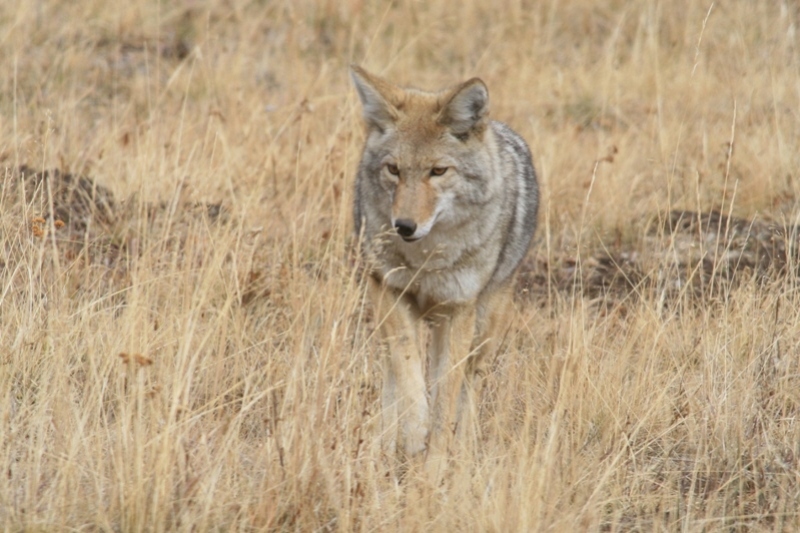The Rise and fall of Wildlife Populations
By Dave Hanks
There are only a few wildlife species whose populations fluctuate at regular intervals. The Lemming cycle peaks at four years. Ruffed Grouse increase for four to six years and then decrease at the same rate. The relationship between Lynx and Snowshoe Hare is fairly constant – the cats increase as the hares become more abundant and they in turn reverse the cycle.
However, the fluctuations of most species depend on the weather and food supplies. It is very important to each species that population numbers stay in balance with the available food sources. HIGHLINING is when trees are missing limbs as far up the tree as animals can reach. This is a sure sign of too many individuals utilizing the resources. If this continues, the area may become permanently damaged and unable to support the number that it once did. The Elk population in Yellowstone Park was putting the park’s vegetation in serious straits - hence, the introduction of the wolf. Whether that was a good or bad decision, remains to be seen.
There are more young born each year than the environment can possibly support. Just think of the implications of the following: two rats and their offspring would yield 350 million in 3 years, trout lay hundreds of eggs, and rattlesnakes have 15 to 20 young each year. Even an elephant would raise 6 offspring over a 75 year period, and even that would put undue stress on the available resources.
The cruel fact is that most offspring either die or are food sources for predators. Cottontails lose 80 % of their population each year. If they all lived into the winter, none would survive to greet the new spring. Not only does crowding damage the vegetation, it damages the health of the animals.
Natural predators are a must to increase the vigor of both the habitat and the prey. Where predators are absent, controlled hunting is a necessity.
(The adaptable Coyote – A major predator on rodents)
|
